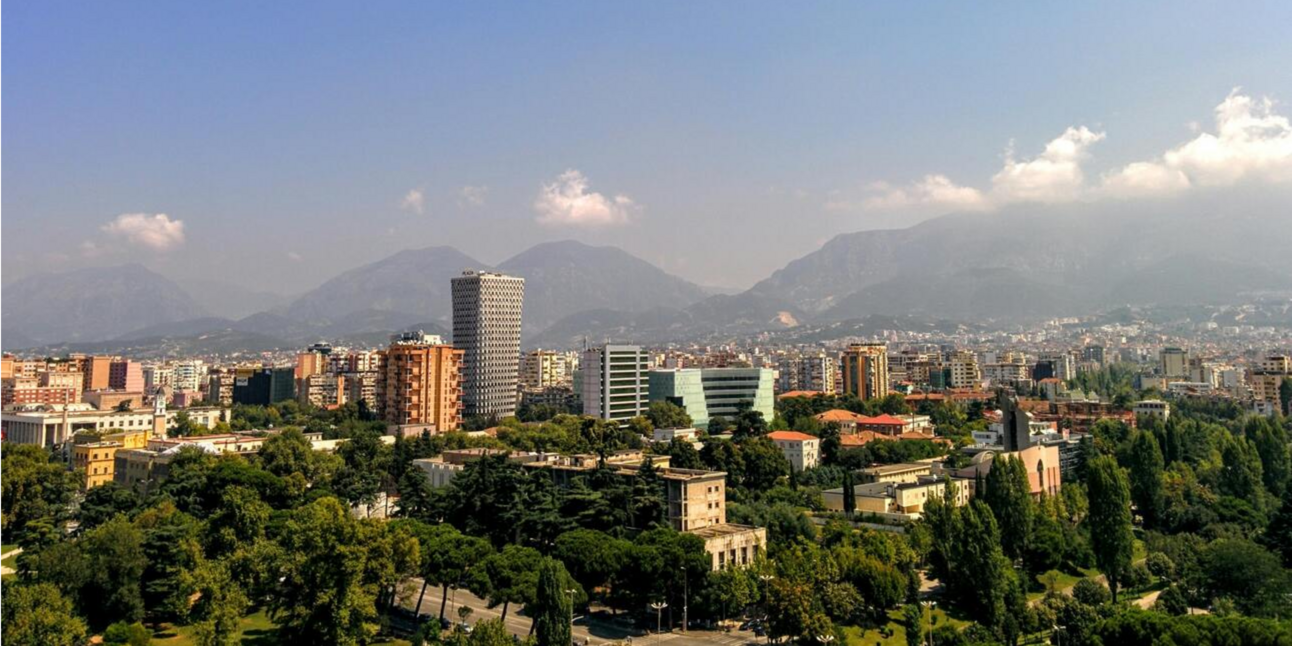La Grande Partenza
Today was the grande partenza of the 2025 Giro d’Italia. The first cycling grand tour of the season started in Albania, a country that I knew little about before this. After the debut weekend in Albania, the Giro lands in Italy. By my count, this year’s Giro will travel through 14 of Italy’s 20 different regions, making the Giro a real “tour” of the country.1 To celebrate, I have decided to cook one regionally appropriate dish for each stage of the Giro (and if possible include a wine pairing from that region as well, with Italy being one of the world’s largest wine producing countries.)
Guides and Resources
My companion for this journey is a compendium of the regional cuisine of Italy: La Cucina: The Regional Cooking of Italy. The goal of the book was to, “preserve the culinary heritage of [Italy].” To do this, members of the Italian Academy of Cuisine traveled to villages in every province of Italy, speaking to local farmers and nonne to catalogue the local dishes, methods, and ingredients that characterized the cuisine of each region. Needless to say, this book has me covered for finding regional dishes from all across Italy.

In addition to the book, my mom, a wine expert and incredible cook also helped me think through the dishes and wine pairings. I am so excited to learn about new foods and cuisines that I otherwise wouldn’t have tried.

The Stage
Stage Spoilers Below! I am posting late at night so I’m assuming that anyone following along will have watched at that point. Also, while I am a cycling fan I am by no means an expert. If you came here for in-depth cycling analysis and commentary you came to the wrong place — sorry!
The highlights: Stage 1 was a hilly stage, with 3 small climbs. The stage was 160 km long and featured 1800 meters of climbing, starting in Durrës on the coast and ending in Tiranë — the capital of Albania. Sylvain Moniquet of Cofidis managed to snag the KOM jersey from the breakaway. Mikel Landa had a bad crash in the final 5 km and had to abandon the race. The stage had a sprint finish with some of the versatile sprinters and GC contenders in the mix after the day’s climbs, and Mads Pedersen of Lidl-Trek won the stage, with Wout Van Aert in a close second.
The Dish
Durrës (the starting town) is a coastal city sitting on the Adriatic Sea. So, I figured seafood, which appears in Albanian cooking in the country’s southern region (and which I am trying to eat more of), would make a good starting dish. However, meat is the primary protein in the country, which is why for Stage 3 I will be making Albanian meatballs (qofte) made with lamb and beef.
My fish selection was determined by the availability at my local store. Some of the fish found in Albanian cuisine are trout and sea bass. I couldn’t find trout and ended up with sea bass. I paired this with an Italian Pinot Grigio, which paired nicely with the fish. While Albania does produce some wines, my local shop didn’t have any Albanian wines available, so I opted for an Italian wine instead.
Reflections
This is my first time cooking and eating sea bass! I went with a pan-fry on the sea bass and finished with a lemon butter sauce and some chopped flat-leaf parsley. Albania produces a lot of corn, tomatoes, and potatoes, so I made some smashed garlic potatoes, which I also topped off with parsley and some freshly grated Parmigiano Reggiano. While smashed potatoes isn’t a traditional recipe, the ingredients are at least consistent with what is grown and eaten in Albania, and I wanted something comforting to pair with the new dish.

Overall, I was very pleased with the meal! It was hearty while also managing to be light and refreshing. I was a bit worried that the potatoes would overpower the fish, but the sea bass actually held its own very well. The squeeze of lemon at the end was crucial!
I am so excited to keep learning about the different regions of Italy, trying new recipes, and learning more about the history and culture of these various places from afar.
Thank you for reading, and please feel free to reach out with any thoughts or comments. I would love to know what you want to know more of. Should I share more information about my recipes, wines, or the history of each region? Let me know!
In addition to my mom for lending her culinary and wine expertise, I want to thank my dad for making the logo for this blog, and my friend Zack for helping me come up with the title for this blog series!
